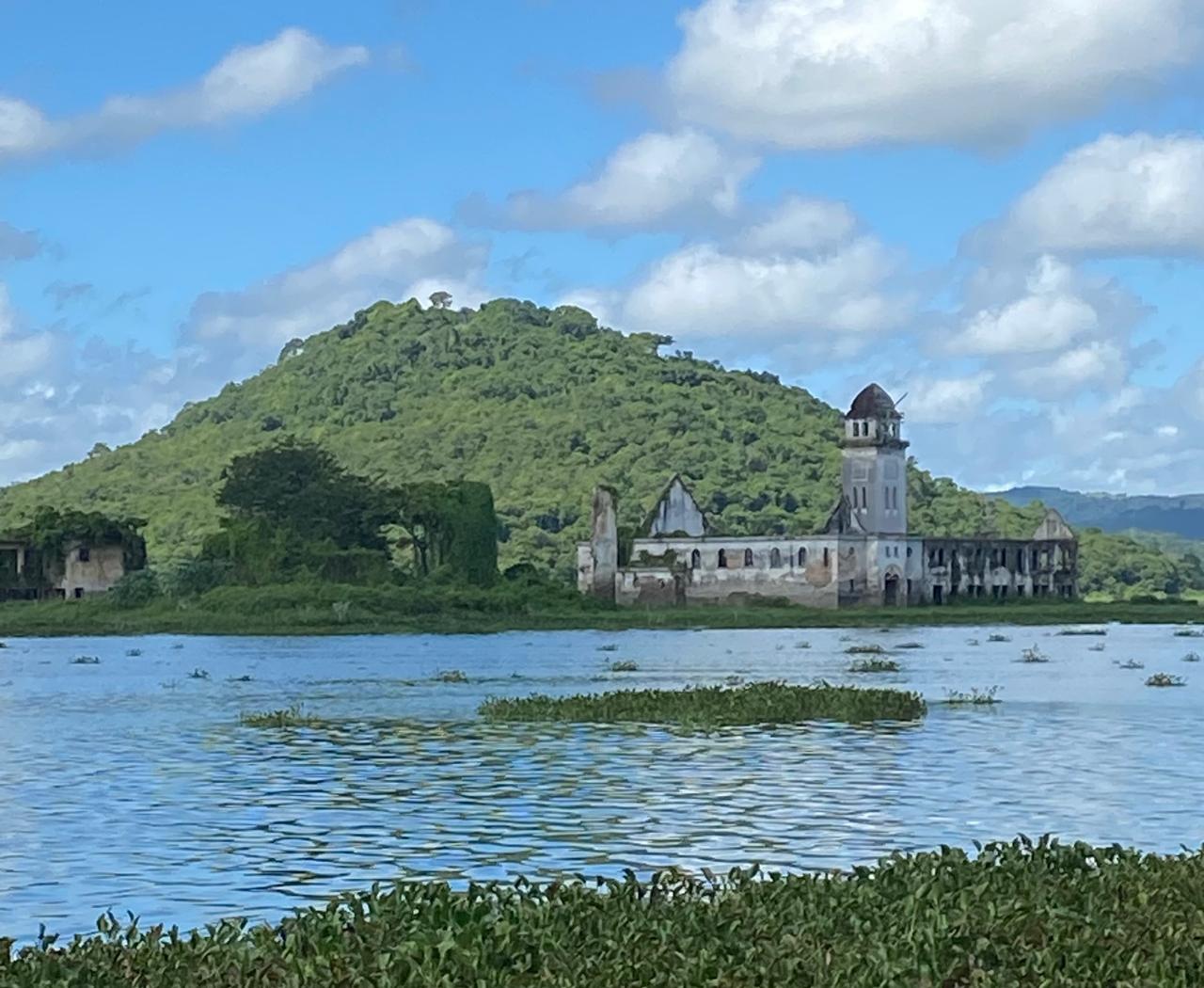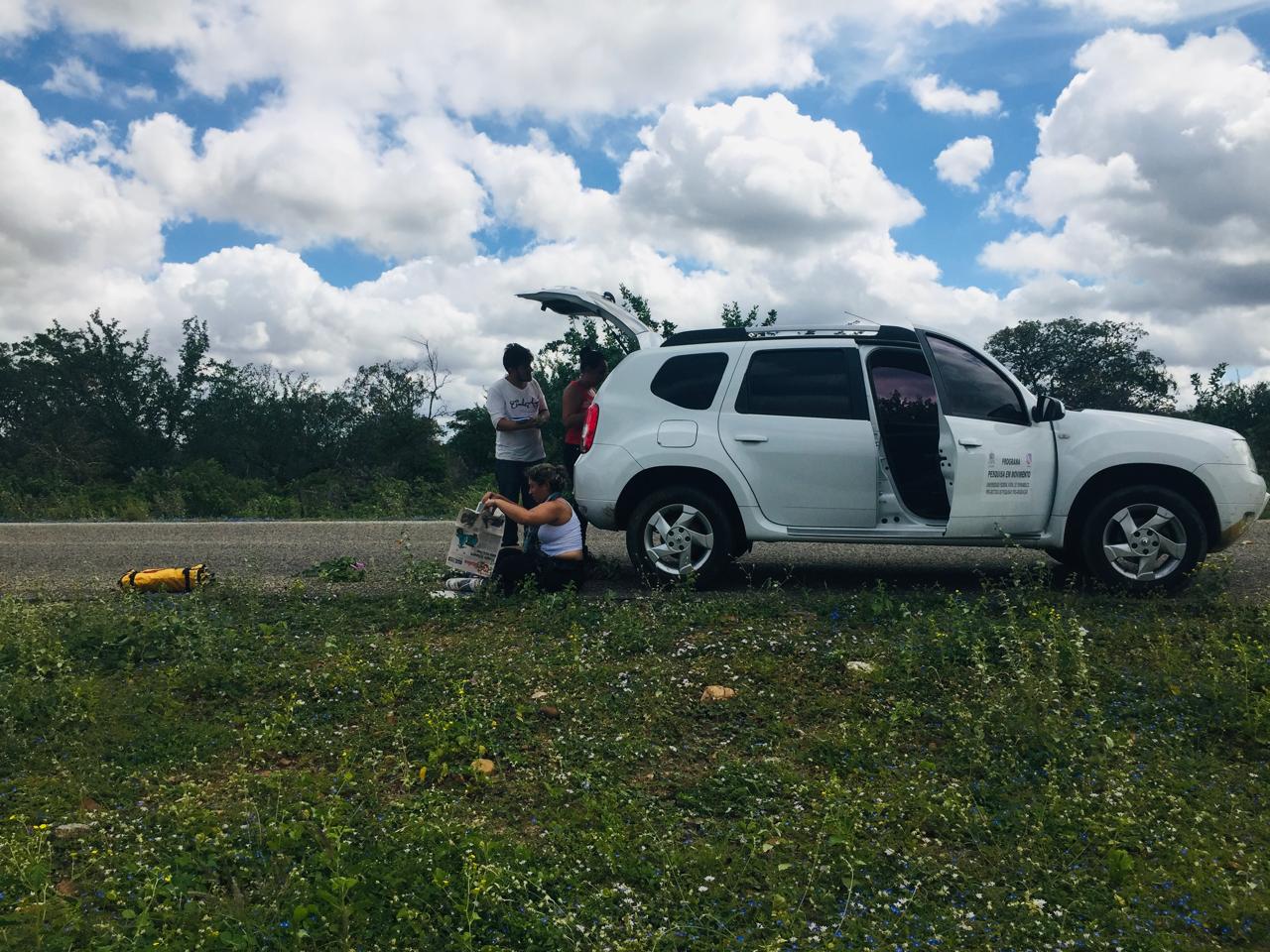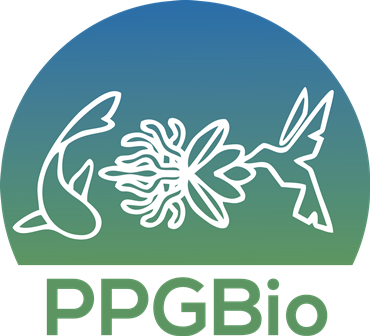Facilities for teaching and administration activities: The PPGBio has, in its main building (Prof. Dárdano de Andrade Lima): a coordination and secretariat room, a library that includes space for studies, two classrooms, auditorium, and a meeting room.
Facilities for research:
1. CENAPESQ: the Research Support Center is a multi-user laboratory that has several equipments that support the projects developed at PPGBio, such as: scanning electron microscope, fluorescence microscope, ultramicrotome, drying ovens, histological bath, among others. For more information, visit the website.
2. Research Group Laboratories:
- Laboratory of oceanography and pollution of aquatic environments (LOPAQ)
- Laboratory for the study of anthropogenic impacts on marine and estuarine biodiversity (BIOIMPACT)
- Laboratory of Parasitology (LAPAR)
- Plankton Ecology Laboratory (LEPLANC)
- Laboratory of coastal benthos ecology (LEBENC)
- GENOME Laboratory
- Laboratory of Integrative Systematics (LASI)
- Phycology Laboratory (LAFICO)
- Laboratory of physiology and in vitro cultivation of plants (LFC-Planta)
- Laboratory of plant anatomy and biochemistry (LABPLANTA)
- Laboratory of plant taxonomy (LATAX)
- Fish ecology laboratory
- Laboratory of Angiosperm Reproductive Ecology (LERA)
- Aquatic Population Dynamics Laboratory (DIMAR)
- Laboratory of Theoretical and Applied Ethology (LETA)
- Laboratory of herpetological and paleoherpetological studies (LEHP)
- Laboratory of benthic environments
3. Scientific Collections: Prof. Vasconcelos Sobrinho Herbarium (PEUFR), with a collection of more than 50 thousand exsiccata, of which more than 60% have already been digitized and are available on the specieslink platform; Herpetological Collection; Zooplankton Collection; and Fish Collection.
4. Greenhouses
5. Tapacurá Wildlife Reserve (RVST) and Itamaracá Fishing Base, which include infrastructure available for researchers and students.

6. "Pesquisa em movimento" Program: provides cars for carrying out field work


